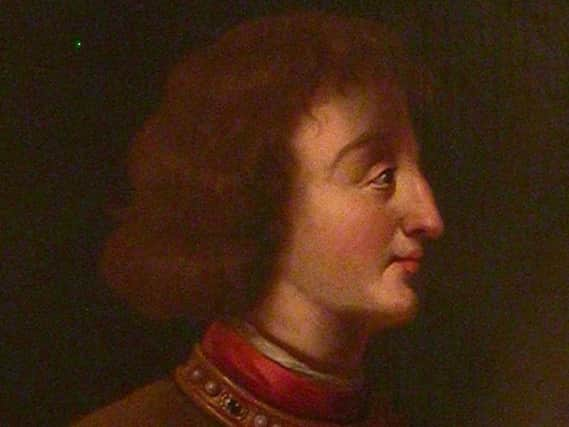On this day 1034: Assassination of a Scots king nicknamed 'The Destroyer'


Malcolm II ruled for an impressive 29 years, coming to power in 1005 when Scotland was still split into separate kingdoms.
He was assassinated on this day in 1034 at Glamis, possibly by his own cousin. It is said the King was at least 80 when he died.
Advertisement
Hide AdAdvertisement
Hide AdMalcolm had no son of his own to secure a heir and but had spent a large part of his life negotiating a series of high-risk dynastic marriages for his daughters to help maintain his family' influence.
First he married his daughter Bethoc to Crinan, Thane of The Isles, head of the house of Atholl and secular Abbot of Dunkeld.
His youngest daughter, Olith wed the Norse ruler, Sigurd, Earl of Orkne.
His middle daughter, Donada, was married to Finlay, Earl of Moray, Thane of Ross and Cromarty and a descendant of Loarn of Dalriada.
Despite these powerful arrangements of the family tree, there were still others who had more direct claims to the throne.
Malcolm's second strategy was reinforce his family line to the Crown by removing the opposition.
Malcolm may have subsequently arranged the murder of Kenneth III's grandson, to enable a clear succession for his own grandson, Duncan I.
It appears to have been a successful strategy.
After Malcolm's death at Glamis in 1034, his grandson succeeded to the throne to become Duncan I of Scotland.